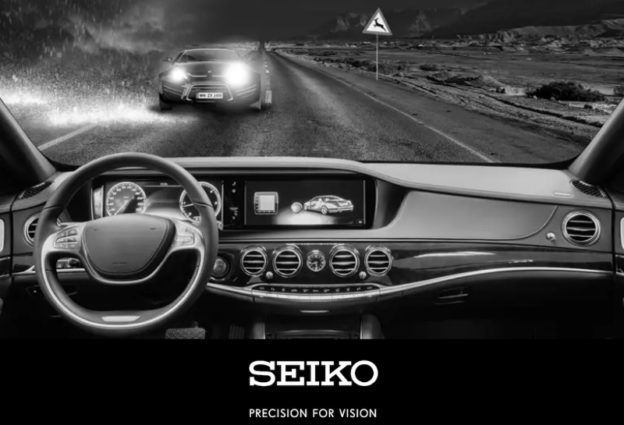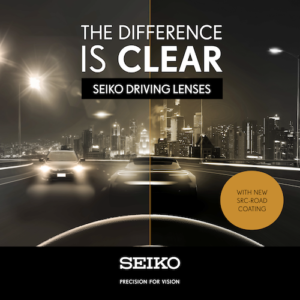The days may be getting longer – thank goodness! – but that hasn’t stopped headlight glare and dazzle from dominating the headlines. If you feel that you’re being dazzled by oncoming cars more frequently, you’re not alone. Figures from the RAC suggest that as many as eight in ten drivers (85%) surveyed reported being affected by headlight glare1. Dazzling headlights are identified as a factor in approximately 280 collisions each year, according to figures from the Department for Transport; however, campaigners believe the actual number may be significantly higher. The RAC now receives more complaints about the issue of headlight glare than about potholes2.
LED headlights are recognised as the main culprit. Traditional halogen lights typically emit about 1,000 lumens, a measure of their perceived brightness, while the LEDs on new cars are much more powerful. Although manufacturers often don’t publish that information, it’s estimated that they could be around 6,000 lumens.
The sheer power of LEDs isn’t the only factor in play. “They give off a higher colour temperature than the old-style bulbs,” said Paramdeep Bilkhu, clinical adviser at the College of Optometrists. “They’re whiter, closer to daylight. Using them improves visibility if you’re in the car, but they’re more likely to dazzle oncoming drivers. Added to that there’s the position on the car. With more SUVs on the road, the lights tend to be higher up than smaller vehicles — so they can shine directly into the eyes of the oncoming driver3.”
How does this affect our eyes?
It’s much worse at night because your eyes have adapted to the dark. Your retinal cells become more sensitive to enable you to see in darker conditions, so if you shine a bright light source on someone who is dark-adapted, it will dazzle them. What’s more, as we grow older, our eyes become less able to react quickly to changes in light. Between the ages of 15 and 65, the time it takes to recover from glare increases from 1 to 9 seconds4. These few seconds can mean the difference between staying safe and disaster.
The dazzle from glare can be even worse if you wear prescription glasses, especially if your prescription is strong. This is because lenses reflect light, so less light reaches your eyes, making it more difficult to see clearly.
Solutions to reduce headlight glare
A simple solution to help reduce the effect of headlight glare is anti-reflection (AR) coatings on your lenses.
Seiko has developed SRC™-ROAD (SRC stands for Super Resistant Clear) (SRC™). This spectacle lens coating enhances your driving experience by reducing reflections on your lenses caused by oncoming vehicles and intense headlights.
SEIKO DRIVE for single-vision lenses allows you to see far distances with extra clarity, eliminating distortions around the edges.
SEIKO DRIVE X for progressive lenses optimises your immediate field of vision, giving you a clear view of everything on the dashboard.
Both offer:
- Relaxed, clear vision in low-lighting conditions
- More contrast for enhanced visibility
- UV protection across all indices and back surface protection from reflected UV
At Walker and Campbell, we offer various Seiko SRC™ treatments for spectacle lenses. Please call us to arrange an appointment if you want more information or advice. We’ll be happy to help.
You can download this article here
Reference
1 https://www.rac.co.uk/drive/advice/road-safety/headlight-glare/
2 https://www.bbc.co.uk/news/articles/c3rlrz7rgw0o
3 https://www.thetimes.com/article/86ece131-c864-4470-8526-a267b02eec3c
4 https://www.rospa.com/getmedia/70e5dd49-1e03-469f-b4f7-20021e12c288/Driving-at-night-1223_1.pdf


